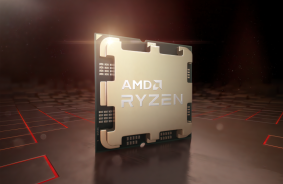According to a report from Igor's Lab, Intel has discovered the root of the stability issues with the Core i9 13th and 14th generation (Raptor Lake) processors with unlocked overclocking. Intel has prepared a corresponding microcode patch, but Tom's Hardware reports that the update improves the consequences but does not solve the problem.
"Contrary to recent media reports, Intel does not confirm the root cause and continues to investigate user reports of instability issues with unlocked Intel Core 13th and 14th generation (K/KF/KS) processors for desktop computers. The microcode patch mentioned in press reports fixes the eTVB error discovered by Intel during the investigation of instability reports. While this issue potentially contributes to instability, it is not the root cause," Intel said in a statement.
Igor's Lab claimed to have received an internal document indicating that the main cause of instability was "an incorrect value in the microcode algorithm related to the eTVB function." Enhanced Thermal Velocity Boost is a feature that overclocks the processor cores above the maximum frequency when certain conditions are met. eTVB only kicks in when there is sufficient power and TDP headroom. eTVB technology is an exclusive feature of Intel Raptor Lake. It provides maximum acceleration in games and programs that require it, but as new data shows, it leads to increased voltage on some components
Recall that in April, it became known about the issue with the compatibility of Intel Core i9 13th and 14th series K chips with NVIDIA graphics cards, reports of which have been coming in since the beginning of the year. Motherboard manufacturers added a recommended settings mode from Intel to the BIOS. However, the processor manufacturer deemed this mode incorrect and suggested the correct parameters. As can be seen, these and further efforts by Intel and its partners have improved the performance of the processors, but have not led to a definitive solution to the problem.














Comments (0)
There are no comments for now